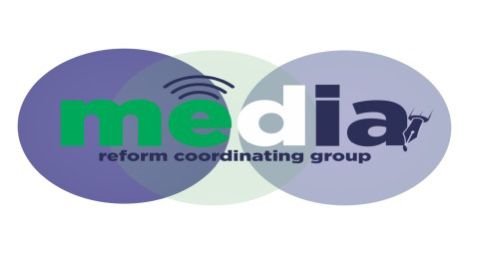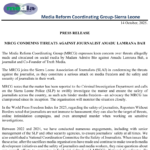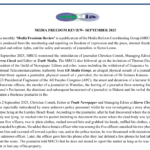By Zainab Sunkary Koroma (MRCG/ATJLF Fellow 2025)
Sierra Leone’s journey toward a new constitution has been a protracted and arduous one, spanning decades and multiple administrations. The 1991 Constitution, adopted during a period of political transition and civil unrest, has long been criticized for its inadequacies in addressing the needs of contemporary Sierra Leoneans. Despite repeated efforts to draft a more inclusive and participatory constitution, the process has been marred by delays, political inertia, and a lack of transparency.
The call for a new constitution was first articulated in the 2004 Truth and Reconciliation Commission (TRC) report, which recommended a document that is simple, readable, accessible, and easily interpreted by citizens. Sections 38 and 123 of Volume 2, Chapter 3 of the TRC report emphasized the need for a constitution that reflects the aspirations of the people and fosters national unity. Yet, nearly two decades later, Sierra Leone remains tethered to its outdated 1991 Constitution, a document increasingly seen as ill-suited to the nation’s evolving democratic and socio-economic landscape.
The Need for Reform
The 1991 Constitution, while a cornerstone of Sierra Leone’s post-independence governance, is riddled with ambiguities and claw-back clauses that limit fundamental rights. Rashid Dumbuya, CEO of Legal Link, notes that the constitution contains provisions that can be easily misused, particularly in Chapter 3, which allows for the restriction of rights under vague pretexts such as “public safety.” Dumbuya emphasizes that a constitution must be straightforward and accessible, enabling even the layperson to understand and interpret it.










Leave a Reply